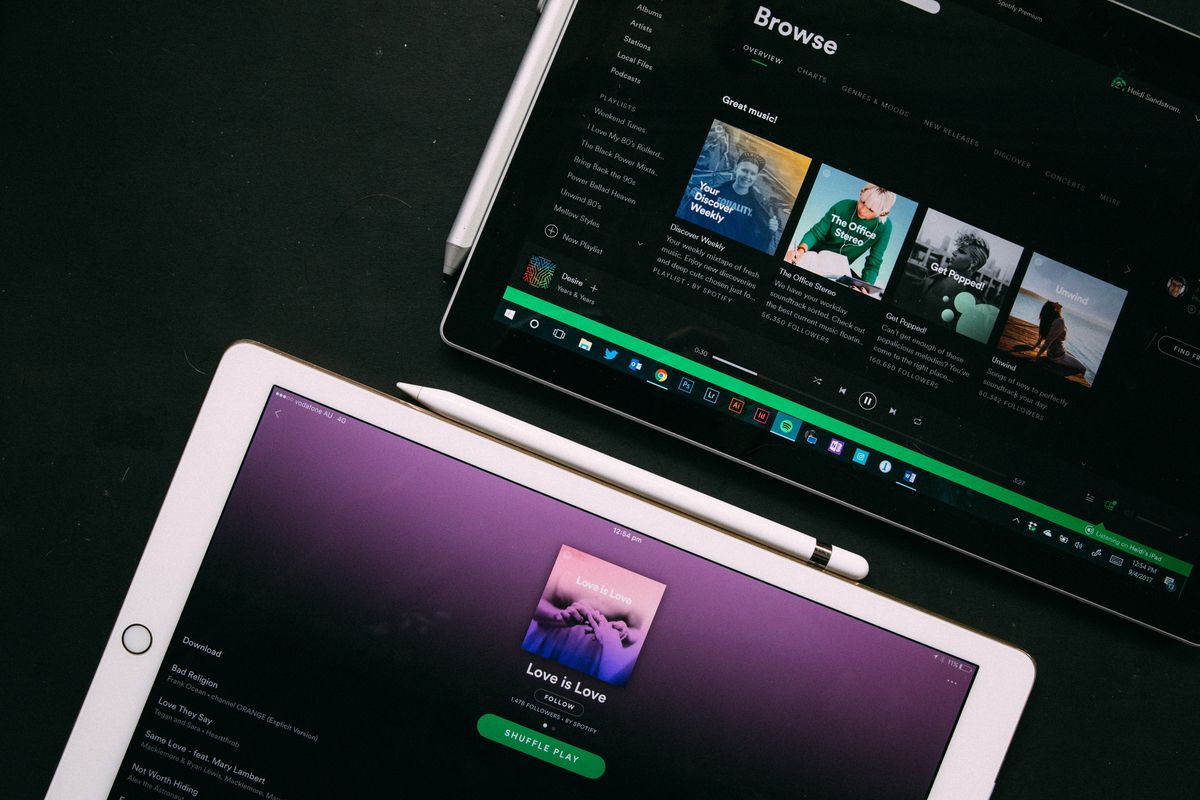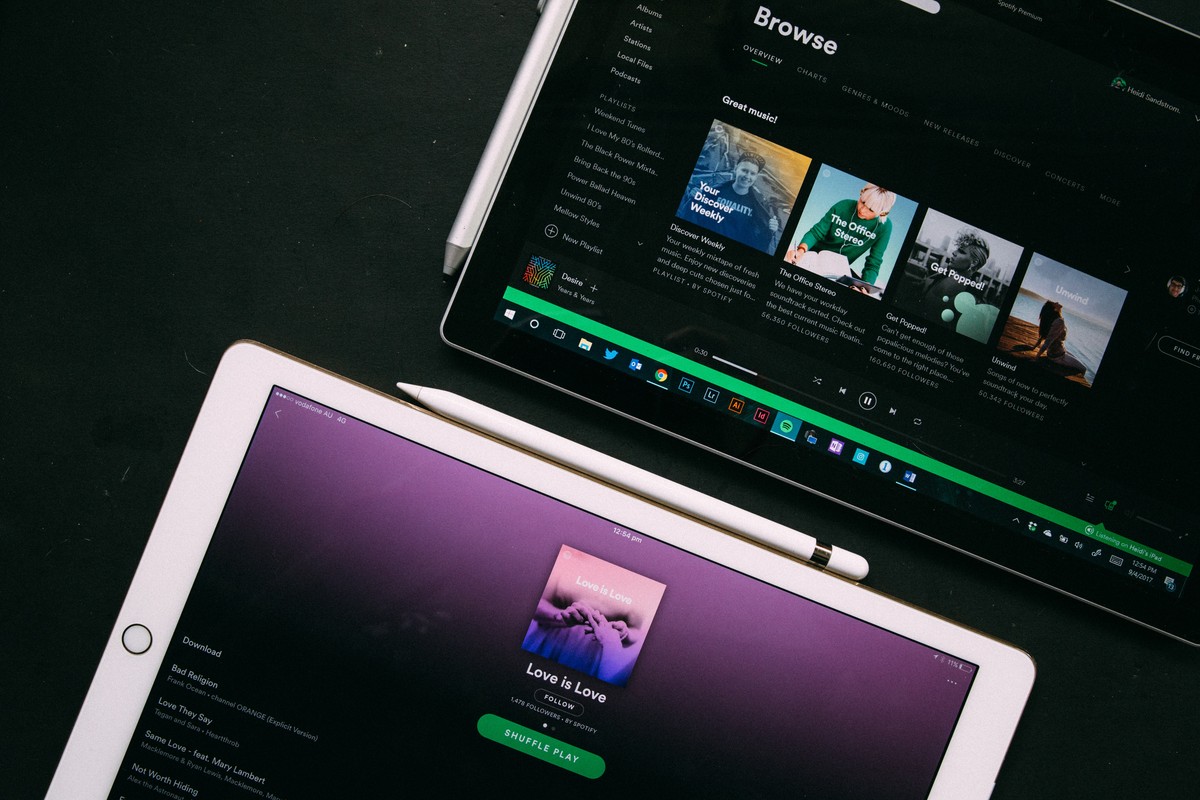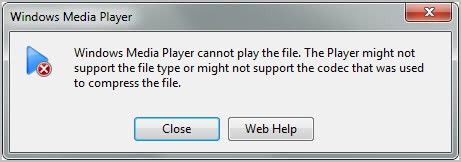Harmony uses iTunes to play music without iTunes

I don't know a lot of users who use the iTunes software by Apple to play music. Some use it to manage their music, subscribe to podcasts, transfer songs to their devices, or purchase music from the iTunes store.
Harmony is an experimental music player that is using information from iTunes and includes the so called Coverflow effect to create a visually pleasing experience. Harmony uses the information from iTunes to download covers for all music albums. This means that it may take a moment the first time you run the program, as Harmony attempts to identify albums and download matching covers from the Internet.
The covers are downloaded into a subdirectory of the Harmony root folder. That folder hat a size of more than 15 Megabytes after the first run on my computer containing cover artwork for more than 450 music albums. As I said earlier the music that is displayed is directly connected to iTunes. Harmony recognizes new albums and deleted ones and downloads cover art for the new and removes cover art for the old ones.
Once the album art has been downloaded the user can navigate through is record collection by flipping through them with the mouse or entering a search term in the search box at the top of Harmony. Music can be added to the playlist or played immediately, albums can be flipped through while playing music.
Harmony looks great but lacks several features that I like in a music player. Playlists can't be saved, there is no volume control or settings at all which is probably the biggest problem. Harmony does not play .aac or .m4a songs by default but a plugin is available that adds support for those two formats.
Update: Harmony is no longer available. It should not be confused with Harmony, a new music player that has the same name but shares no similarities with the retired Harmony other than that.























